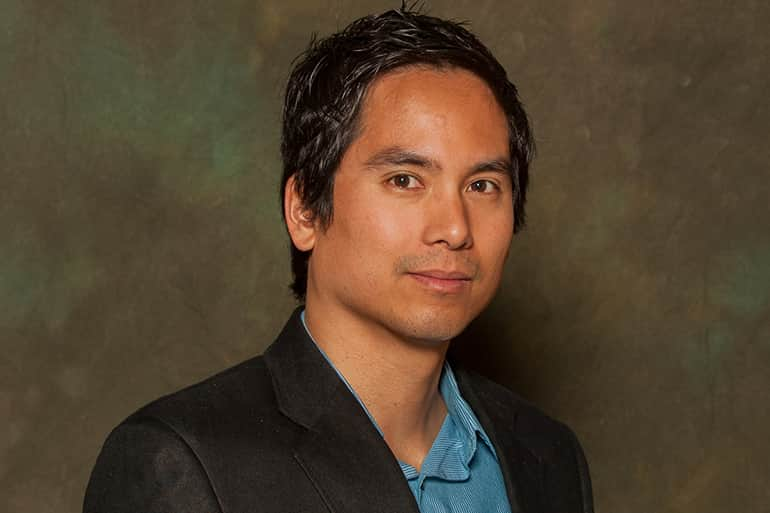When Typhoon Haiyan slammed into the Philippines in 2013, thousands of people were killed, in part because they didn't know it was coming or didn't know how to protect themselves.
Could an increased use of social media, particularly on the part of the nation's government, have made a difference?
While that question remains open, it is clear that social media should play a larger role in emergency preparedness, says Bruno Takahashi, assistant professor of Journalism and Communication, who studies the issue.
Using the Philippines' typhoon as a case study, Takahashi and his fellow researchers looked into the matter and determined that more tweets and Facebook messaging might have made a difference.
"We need to think of social media not as an afterthought," he said. "It needs to be integrated into emergency-preparedness plans."
As Typhoon Haiyan, one of the strongest storms ever recorded on Earth, made landfall, many individuals and some journalists were using Twitter to spread information. However, the government was not.
"All of the coordination of relief and what to do to seek shelter came after the storm hit," Takahashi said. "Maybe that is something governments should do ahead of time – be more proactive."
For this study, which was published in the journal Computers in Human Behavior, Takahashi and his team analyzed more than 1,000 tweets that were sent around the time of the typhoon.
"We have to think about social media not just as this place online where people go to have fun or share mindless thoughts," he said. "It's apparent that social media can be a really powerful tool, not only for preparedness, but also as a coping mechanism."
Just as radio was years ago, social media helps people connect with others, lets them know there are others out there sharing the same problems.
"It lets people know they are somehow connected to others," Takahashi said. "People use social media to share their feelings, as well as help them try to make sense of the tragedy."
One way in which Tacloban City, which took the brunt of the storm, used social media afterwards is officials set up a center where people could log onto Facebook. They were given three minutes to send a message, letting friends and loved ones know they were all right.
How effective can social media, particularly Twitter, be at spreading news? Takahashi said that social media messages can spread faster than natural disasters, including earthquakes like the one in Nepal last month.
"There was an instance in which people who had not felt an earthquake got a tweet about it, then felt it seconds later," he said.
Other members of Takahashi's research were Edson Tandoc, Assistant Professor at Nanyang Technological University in Singapore, and Christine Carmichael, a doctoral candidate in MSU's College of Agriculture and Natural Resources.
